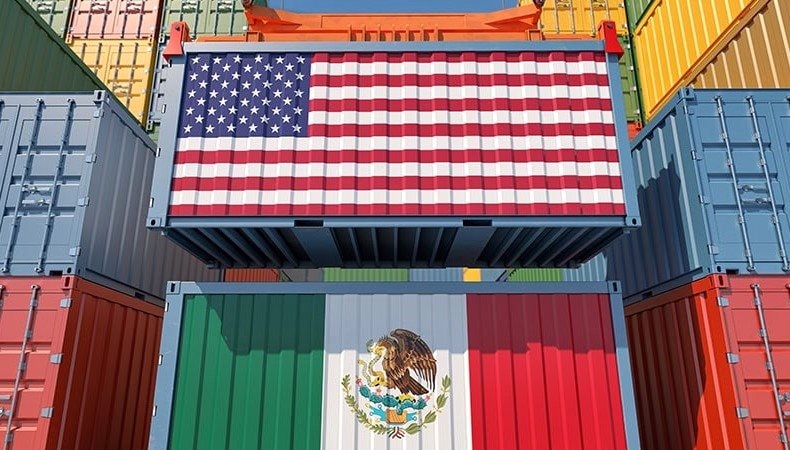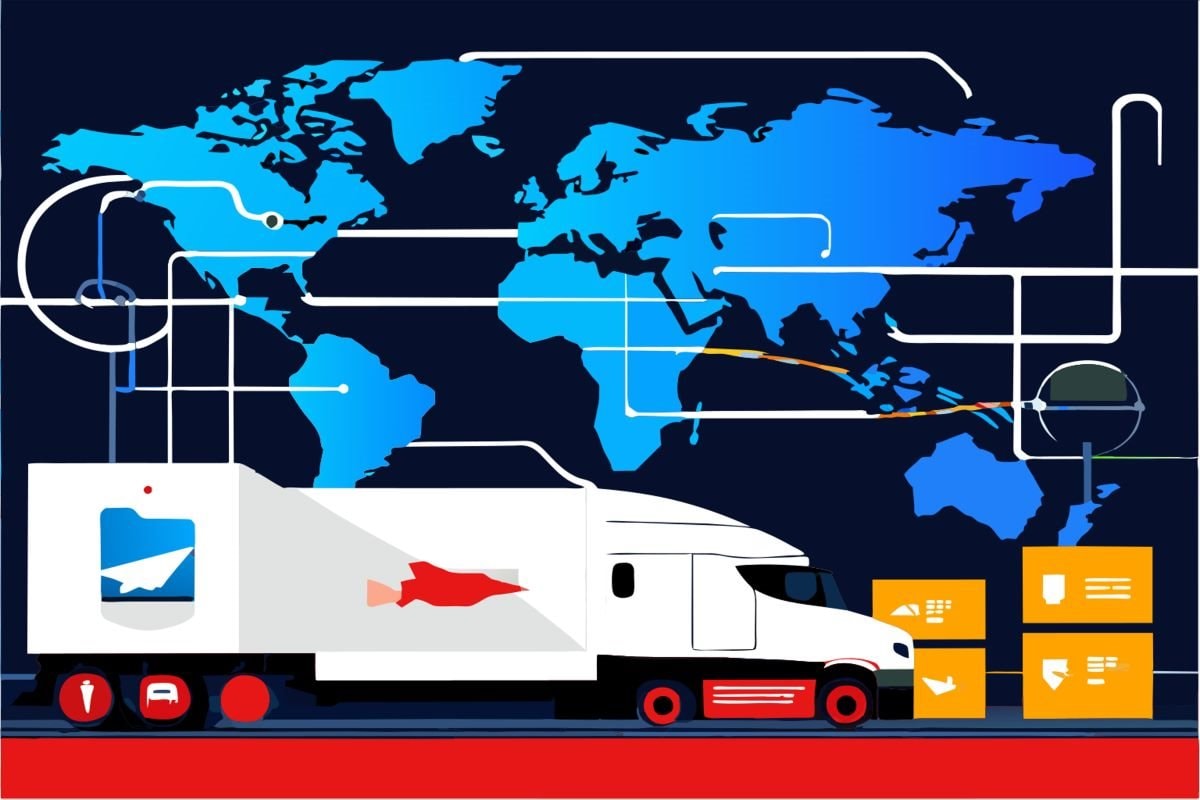Simplifying the Cross-Border Logistics Puzzle for Mexico
Thời sự - Logistics - Ngày đăng : 13:32, 28/09/2024

Despite these obstacles, multinational corporations such as Amazon, Walmart, and Volkswagen have demonstrated that nearshoring in Mexico is not only feasible but also highly attractive. The complex puzzle of cross-border logistics can be easily solved if businesses choose the right freight transportation partners.
Freight Visibility and Security
Security and the ability to track shipments from origin to destination are critical elements in cross-border transportation. In Mexico, maintaining a comprehensive tracking system for freight, from the moment it leaves the warehouse to the time it reaches the customer, is essential for every carrier. A quality carrier must not only provide updates on the shipment’s status but also send alerts about tracking information, estimated delivery times, and any delays (except for times when the freight is under government control).
For high-value shipments, an optimal solution is to attach independent tracking devices directly to the cargo, separate from the tractor or trailer. This ensures the shipment can still be closely monitored even if it is separated from the vehicle. This step is crucial for securing goods during transit across borders.
Moreover, selecting a carrier with CTPAT (Customs-Trade Partnership Against Terrorism) certification is vital to ensuring freight security. CTPAT is a prestigious certification that mitigates supply chain risks, as it requires drivers and service providers to be well-trained in identifying security risks and implementing the best safety practices.
Securing Transportation Capacity
Ensuring reliable transportation capacity within Mexico is a constant concern for U.S. businesses. Many companies worry about the ability to coordinate and manage shipping in this region. To address this, companies like Landstar have developed a network of independent agents specializing in cross-border transportation. These agents possess extensive knowledge of the shipping process and have strong relationships and experience, helping arrange dependable capacity on both sides of the U.S.-Mexico border.
For customers with specific needs, Landstar offers services through Landstar Metro, its Mexico-based logistics unit. Landstar Metro handles intra-Mexico logistics services, including sourcing capacity for truckload, less-than-truckload, and expedited shipments. This creates a closed-loop system where all stages of freight transportation are managed under strict CTPAT standards.

Customs Compliance and Regulations
One of the greatest challenges in cross-border freight is complying with customs and legal regulations. This requires the seamless coordination of various links in the supply chain, from document preparation to managing the customs clearance process. To avoid unnecessary delays, hiring a professional customs brokerage service is essential. Landstar provides in-house customs brokerage, ensuring that all necessary documentation is properly prepared and that the customs clearance process proceeds smoothly when the freight reaches the border.
In the dynamic and volatile border environment, reputation and experience offer invaluable advantages. Long-standing relationships and a deep understanding of legal frameworks allow carriers to overcome daily challenges, from paperwork to the physical movement of goods safely and efficiently.
Benefits of Nearshoring in Mexico:
- Increased supply chain flexibility: Manufacturing in Mexico allows U.S. companies to reduce their reliance on distant markets such as Asia while shortening shipping times.
- Reduced transportation costs: The proximity of Mexico to the U.S. significantly cuts shipping costs and delivery times.
- Legal compliance advantages: Trade agreements between the U.S. and Mexico (such as the USMCA) provide major benefits, including lower tariffs and fewer legal barriers.
Conclusion: Cross-Border Logistics—Challenge or Opportunity?
From freight security challenges to capacity concerns and customs compliance, cross-border transportation between the United States and Mexico clearly presents a complex puzzle. However, with the advancement of modern logistics solutions, particularly through the involvement of specialized cross-border carriers like Landstar, these difficulties are gradually being simplified.
In the view of this writer, the opportunity for U.S. businesses to capitalize on the benefits of nearshoring in Mexico has never been greater. It not only helps reduce costs and increase flexibility but also optimizes supply chains as global dynamics shift. The challenges in logistics can be transformed into significant opportunities if businesses choose the right transportation partners and implement smart strategies to address issues such as security and customs compliance. Therefore, instead of seeing cross-border logistics as a barrier, businesses should recognize it as a key to unlocking success in the competitive global market.
